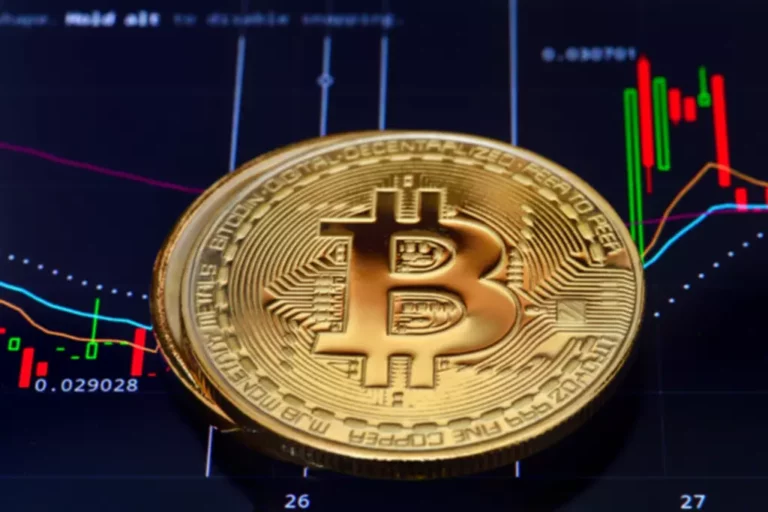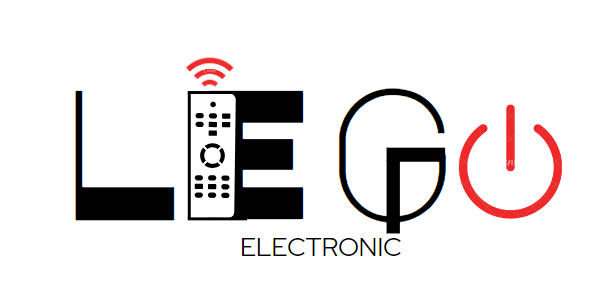Content
Liquidity providers ensure market liquidity by sourcing quotes from various entities. Market makers create a market for specific securities by providing bid and ask prices with their own capital. Liquidity providers are subject to regulations as they play a critical role in maintaining market stability. Institutional market makers, liquidity provider vs market maker when operating as market makers, are also regulated entities.

Regulatory Considerations for Starting a Forex Brokerage in Southeast Asia
There are two key players you can’t bypass in the foreign exchange (FX) market, the liquidity providers and brokers. These parties’ collaboration ensures a liquid and efficient FX market for traders. With AlphaPoint, access to those deep liquidity pools is exactly what you get. Our team has over a decade of experience helping businesses innovate their financial offerings. Through our liquidity partners and Remarketer software, AlphaPoint provides customers with a wider range of high-quality liquidity products. Also, brokers can improve trade execution speeds by partnering with multiple https://www.xcritical.com/ liquidity providers and offering competitive spreads as a result.
What Are Liquidity Provider Tokens (LP Tokens)?
On the other hand, limited trading options will likely restrict a market’s efficiency. During times of market stress, not having enough capital can cause liquidity issues to form. The good news is that you can fight against wash trading by partnering with a reputable and transparent liquidity provider in your niche. So they need buyers to complete their orders and net a profit for themselves and their clients. Liquidity in the market ensures this happens quickly without affecting prices.
Market Makers Vs Liquidity Providers: Main Differences
NYSE sends an indicator to both the NYSE XDP and SIP feeds when RPIs are available, indicating the side of the interest but not the size. Speaking about my professional activities, I can say that I have always been attracted to the study of foreign languages, which later led me to the study of translation and linguistics. High-frequency trading, which is how SLPs operate, refers to trading that utilizes computers to process a significantly large number of transactions within nanoseconds. An entire order, from start to finish, is used utilizing high-frequency trading. High-frequency trading actually became popular due to SLPs in the wake of Lehman Brothers collapsing. Liquidity providers earn primarily from the commissions generated by buying and selling currencies with their partners, though this is not the only way.

White Label Vs Open Source: Choose The Best Solution For Your Business
In the US there’s the Securities and Exchange Commission (SEC), in Europe, there’s the European Securities and Markets Authority (ESMA), and in the UK there’s the Financial Conduct Authority. Our deep expertise in blockchain technology, exchange operations, and liquidity solutions put us at the forefront of the financial revolution. AlphaPoint can even offer valuable insights into how these concepts might shape the future of traditional financial and forex markets — and how our customers can use them to enhance their business offerings. When brokers aren’t sure if their expected trade price will mirror the executed price, they become less hesitant to engage the market.
Moreover, RPC assists clients in selecting the best liquidity provider suited to their trading needs. By leveraging our extensive network and industry knowledge, we help clients identify liquidity providers that offer competitive pricing, deep liquidity pools, and reliable execution. Our goal is to empower traders with the tools and resources they need to succeed in today’s dynamic financial markets. LPs can be market makers, high-frequency trading firms, investment banks, or other financial institutions. A market with low liquidity has few buyers and sellers, making transactions difficult to execute, which may result in large price swings.
As a result, each time a trade on the ETH/DAI is made, the liquidity provider gets compensated for funding the pool in question. Liquidity providers are market makers, consequently, they lose money if the counterparty takes a positive trade. However, market makers can choose to delegate the risk to other liquidity providers. Tier 1 liquidity providers accept only large volume orders, which smaller brokers cannot get. There are different types of liquidity providers in the world, but in the forex world, the main ones are Deutsche Bank, UBS, and Barclays Capital.
It’s important to ensure that a prospective LP’s fee structure falls in line with your business model. The ecosystem comprised of decentralized financial applications developed on top of blockchain networks. The name to describe the moment when/if Ethereum (ETH) surpasses Bitcoin (BTC) in terms of market capitaliz… As a hard-working, goal-oriented, and well-rounded person, I always strive to do quality work for every job I do. Faced with challenging tasks in life, I have developed the habit of thinking rationally and creatively to solve problems, which not only helps me develop as a person, but also as a professional. Mining is the process of confirming and validating transactions and adding them to a proof-of-work blockchain.
- Trusted Execution Environments (TEEs) are secure areas within a main processor that provide a protected spa…
- The list of major liquidity providers includes international financial exchanges for trading futures, options, and other financial instruments.
- Liquidity providers will only accept 0.1 lot from brokers with clients on the other end of the deal.
- A liquidity aggregator in the crypto sphere is a software tool that helps brokers source the best offers from various liquidity providers in liquidity pools, ensuring the lowest prices possible.
- It should be noted that if the order is small, it is likely to be “overlapped” by the broker’s clients (usually large Forex brokers) at their expense.
- And this is one of the factors of the broker’s liquidity providers assessment.
In conclusion, selecting the right liquidity provider is crucial for achieving success in forex trading. With options like FXCM PRO, B2Broker, X Open Hub, Finalto, and Global Prime, traders have access to top-tier liquidity and cutting-edge trading technology. And with the guidance and support of PT Rupiah Pay Capitals, traders can confidently navigate the forex market and unlock their full trading potential. Tier 2 liquidity providers are sometimes forex brokers who are large, well-known, and reliable enough to aggregate orders from smaller brokers. Centralized exchanges need more liquidity since they market to a large number of buyers and sellers. These exchanges also offer collateralized debt obligation, asset derivatives trading, and options and futures.
Therefore, liquidity providers help to increase trading activity by increasing the trading volume in the order book in the form of pending orders, which attract market participants to trade. Thanks to liquidity providers, there is always a buyer and a seller in the market. Sometimes there are cases when a broker can sell assets without transferring the transaction to a liquidity provider. In other words, when you make a purchase, you are not buying from the seller to whom your broker has sent the transaction, but from your broker. In the crypto market, there are also AMMs (Automated Market Makers) – a software algorithm to control the liquidity (or dry powder) and pricing of crypto-assets on decentralized exchanges. Both crypto and Forex brokerages, especially with direct transaction processing (STP), try to partner with many large liquidity providers to maintain adequate liquidity and prices.
Portfolio diversification lessens overall risk by minimizing losses from unfavourable junctures in any single currency. And capitalize on opportunities in different markets which could boost returns. A partnership with LPs makes it easier for brokers to fulfil various trade proposals, bringing in more clients and improving their business. LPs proactively add orders to the order book, even when there’s no immediate buyer or seller, this ensures continuous market activity and facilitate smoother price discovery. Let’s examine some of the greatest advantages of partnering with a forex liquidity partner.
For instance, banks with large balance sheets may carry more inventory and be able to facilitate larger transactions in a given asset. PTFs, on the other hand, serve investors by maintaining tighter bid/ask spreads, offering reliable market liquidity, and optimizing price discovery across products and asset classes. PTFs do so by effectively processing market information from many public sources and efficiently deploying their capital. Other types of financial institutions play key roles in shoring up the liquidity of various asset classes.
Trump Media is negotiating to acquire the cryptocurrency platform Bakkt for $150 million, which would enhance its position in the rapidly growing market of cryptocurrencies and blockchain technologies. And if your flow becomes the cause of losing money for a provider, there are several options for how things will develop, each of which will prove unpleasant for your business in one way or another. Eligible traders can apply in writing to register as Market Maker Authorized Traders (MMAT). Competitive pricing, faster execution, and reduced slippage contribute to a more efficient trading environment. SLPs are primarily found in more liquid stocks with greater than one million shares of average daily volume.
The views and opinions expressed in postings on this website belong solely to the author and may not reflect those of the company’s management or the official position of the company. The contents of the site do not constitute financial advice and are provided solely for informational purposes without taking into account your personal objectives, financial situation or needs. Liquidity providers could contribute to pricing by providing price quotes, contributing to the structure of market exchange rates.
